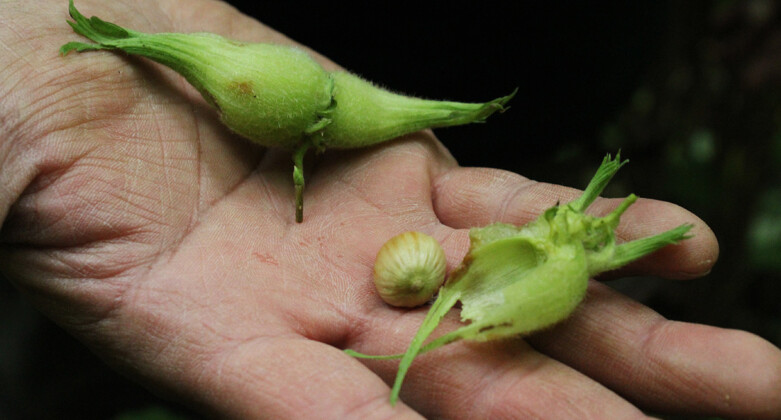7,000-Year-Old Hazelnut Forests Reveal the First Nations’ Ancient Farming Wisdom
2 min read
Credit-Chelsey-Geralda-Armstrong-of-Simon-Fraser-University
Long before there was even a term “forest farming,” First Nations of British Columbia were already masters of the practice, planting hazelnut trees across vast swathes of land some near 7,000 years ago. Now, new research reveals just how indigenous communities fostered hazelnut forests by marrying traditional ecological knowledge with sustainable farming practices.
This remarkable find brings into focus the ingenuity of tribes such as the Gitxsan, Ts‘msyen, and Nisga‘a, who for generations have shared oral histories about the practice of caring for hazelnut forests. Through deliberate application of forest fires-an event serving as a cue for seed release in beaked hazelnut trees-these societies made a bridge from hunter-gathering to agriculture.
Dr. Chelsey Geralda Armstrong of Simon Fraser University led a research team to find out whether these ancient farming practices left a genetic fingerprint on the hazelnuts which are still thriving today. Mapping 9,650 genetic variations from 219 samples, the researchers found patterns inconsistent with natural processes.
In nature, trees with identical or similar genetic parents would group together through natural seed dispersal, either by falling around the immediate vicinity of a parent tree or being transported offsite on animals. Armstrong, however, has found that hazelnut trees in common lineage were spread over 400 miles, indicating deliberate planting and cultivation by First Nations.
These trees surround an archaeological site known as Temlaxam, where ancestors of the Ts‘msyen, Gitanyow, Gitxsan and Nisga‘a lived for millennia until natural disasters destroyed the city, about 3,500 years ago,” Science Magazine reports Sierra Bouchér.
Excavations at Temlaxam produced hazelnut pollen as far back as 7,000 years, a testament that Indigenous peoples did, in fact, deliberately bring hazelnuts from various regions into one place, planting and caring for them for generations.
This discovery shows coherence with findings in other parts of the Americas, such as in Brazil nut forests in the Amazon, and suggests that long before domesticating staple crops such as maize, forest farming was a common activity.
For the First Nations of British Columbia, the study is more than a peek into their ancestors‘ ingenuity-which could play a pivotal role in ongoing land use claims currently under review by the Canadian Supreme Court.
By proving the deep-rooted connection between their communities and the land, such findings underline the sophistication in the relationship between people and nature, encouraging a new appreciation for ancient ecological stewardship.





